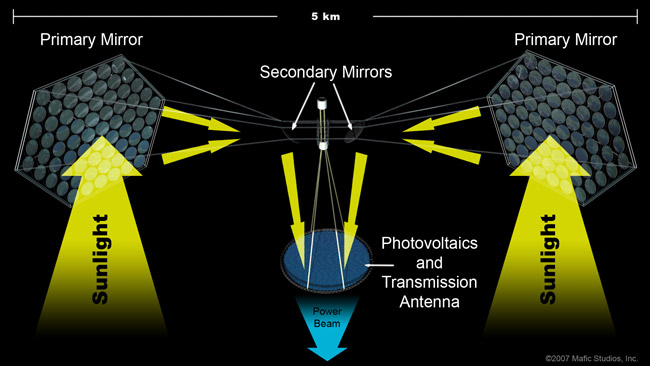A radical alternative to nuclear reactors
March 15, 2011
With deterioration of the nuclear reactor situation in Japan and radiation heading for Tokyo — in one extreme Pentagon scenario, catastrophic meltdowns and megadeaths in Japan, according to a source — many scientists are ramping up the search for alternates to earthquake-vulnerable nuclear power.
“The Japanese Government has dissembled regarding the gravity of the failure of their power plants and the potential for meltdown of their containment vessels, leading to a catastrophic release of radioactivity were this to happen,” said L. Stephen Coles, M.D., Ph.D., and Director, Physicians for Social Responsibility – Los Angeles.
“This tragic event proves that complex systems behave unpredictably when subjected to a natural disaster outside the design parameters of the engineers who build them. Thus, this probably marks the end of the nuclear power industry in the US — and likely in other countries in the world — for the next century. These reactors are simply too dangerous to make their risk of failure palatable.”
The Japan Aerospace Exploration Agency (JAXA) has in fact already been developing one possible solution: space solar power (SSP) — beaming energy to Earth from a satellite in orbit. With its Space Solar Power Systems project, JAXA researchers “have started preparation for the world’s first demonstration of 1kW-class wireless power transmission technology, and are aiming for practical use in the 2030s,” says JAXA spokesman Yasuyuki Fukumuro.
India is also planning a partnership with the U.S to develop a space solar power solution for that country.
A Manhattan project for space solar power?
John Mankins, former manager of Advanced Concepts Studies at NASA for ten years, where he was the lead for critical studies of space solar power, just returned from Japan, where he has been collaborating with JAXA. He told me the current situation in Japan could provide further support for Japan’s SSP project.
“I personally believe that an SSP program leading to an initial pilot plant is very realistic, and would cost no more than a ‘James Webb Space Telescope,’ and much less than an ‘International Space Station.’ An International Academy of Astronautics study on SSP will (I hope) be released in 6 weeks or so; it will provide a useful context for the SSP business case.”
“I believe that we need a focused SSP project,” says Mankins. “However, space solar power will not require the handful of technical breakthroughs that were needed to accomplish the Manhattan District project — most of the basic technologies needed are already in the laboratory. Such a project should be a government-industry partnership, to assure rapid commercialization of advances that are achieved.
“Such an effort would initially cost less than $1 billion. However, to ultimately achieve a significant SSP pilot plant (e.g., delivering 5-10 megawatts or more) will most likely require $5B to $10B, and some 10-15 years to accomplish (depending on the details and technical progress).
More info on space solar power here. (Full disclosure: I’m on the board of directors of the National Space Society. – AA)
1975 NASA JPL Goldstone Demo of Wireless Power Transmission


